By Romany Reagan
My PhD research is a study of the layers of heritage and cultural meaning within the Victorian garden cemetery Abney Park in Stoke Newington, north London. I am a practice-based researcher, and my research methodology is to explore these themes by way of a walking practice in the cemetery. I have crafted four audio walks in an endeavour to offer the community an invitation to view a selection of, perhaps, new perspectives and doors of perception into the various aspects of the cemetery space.

Throughout my four years as a walking practitioner researching Abney Park, I have walked alone through the cemetery, at all times of day, at all times of year. However, I have been walking in Abney for a total of nine years, simply for my own personal enjoyment. Sometimes I would walk with other people, but the majority of my time in Abney has been as a woman walking alone.
Perhaps from naiveté, or a certain rash boldness, I never considered my walking practice as strange, or particularly dangerous. And it wasn’t until two years ago, when I read psychogeographer Geoff Nicholson’s account of taking a walk through Abney Park Cemetery, that I considered my gender – and my favourite pastime – could be perceived this way.
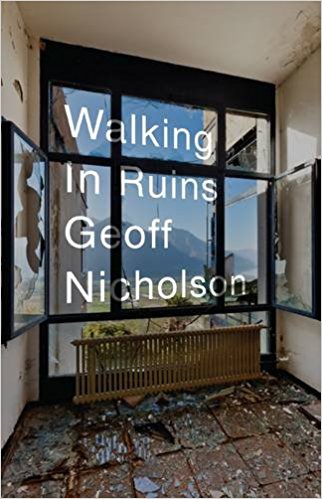
Nicholson states at the beginning of his walk in Abney:
“I like walking in cemeteries, in town and in country, at home and abroad. They don’t absolutely have to be ruined, but I much prefer it when they are.” (Nicholson, 2013, 194)
Nicholson notes that when you walk in ruined graveyards and see other walkers, they seldom look as though they’re there to visit anyone’s grave. In ruined graveyards – and indeed, in all Victorian garden cemeteries, no matter their state of repair – the majority of graves will have been there for far too long to have visitors – so his supposition is that they must be up to no good.
“Well, he must be up to no good, skulking around the graves in the middle of the day, nothing better to do, an idler, a ne’er-do-well’, and of course you realise he (and it usually is a he) may well be thinking exactly the same thing about you.” (Nicholson, 2013, 197-198)
This observation caught me up short. Through my walking in Abney I had not previously given any thought to my gender. I have encountered many women walking in Abney Park. However, upon reflection, I realised that they are usually accompanied by a man or are jogging quickly through. A solitary cemetery walking practice for the sheer joy of taking a stroll alone is – for the most part – a masculine pastime.
As activist Rebecca Solnit observed in her comprehensive opus Wanderlust: A History of Walking: “Women’s walking is often construed as performance rather than transport, with the implication that women walk not to see – but to be seen – not for their own experience, but for that of a male audience. Which means that they are asking for whatever attention they receive.” (Solnit, 2001, 234)
If I am walking alone, then I must be waiting for my audience. A garden cemetery becomes a sexualised space due to its aspect as a private wooded enclave in an urban environment. It becomes a gendered space because of the power dynamics of who takes primacy in the right to walk there. The perceived transgression of women walking alone in cemeteries is created by the sexualised nature of the act imposed by others – not by her actual impetus to walk in a woodland park. Her motivations are seen through the lens of the motivations of others.
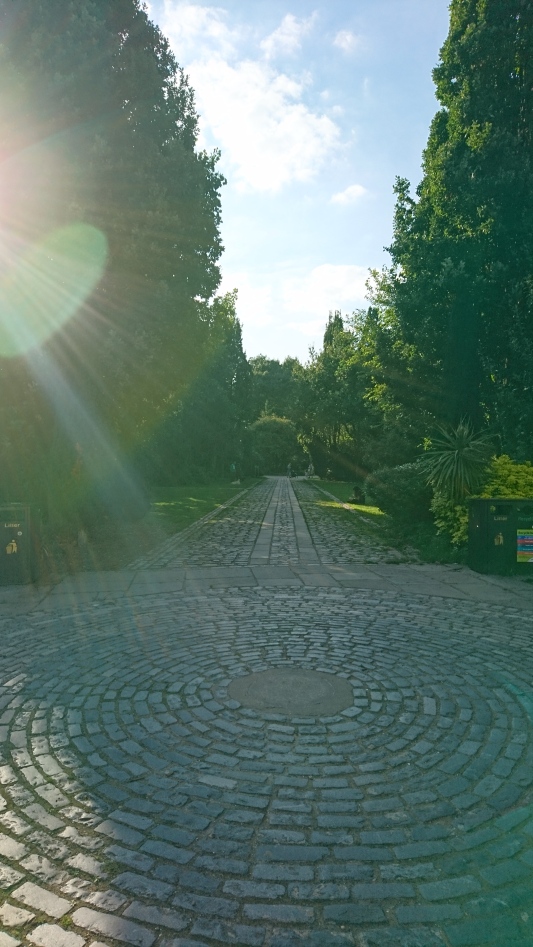
Throughout history, there has been a well-documented link between freedom of physical movement and freedom of thought. From Aristotle’s peripatetic lectures, roaming Rimbauds and Henry Millers, to Parisian flâneurs – to the constantly ‘on the road’ beat generation – walking and movement have supplied writers, artists, and political theorists with the tools to expand their minds through freedom of physicality. The widely accepted canon of great literary walkers, Rousseau, Thoreau, Debord, Defoe, Baudelaire, Blake, Machen – even into the 20th and 21st centuries with Iain Sinclair and Peter Ackroyd – all present a body of intellectual work devoid of the female body. It’s interesting to imagine what would have become of many of the great male minds throughout history had they been unable to move at will through the world.
“A solitary cemetery walking practice for the sheer joy of taking a stroll alone is – for the most part – a masculine pastime.”
In 2009, avid walking practitioners Dee Heddon and Cathy Turner undertook a study speaking to a variety of artists and fellow walkers for their research project ‘Walking Women’. Over the course of their research, Heddon and Turner walked with thirteen artists based in the UK, discussing their practice, motivations, and experiences of walking as women. They found that in most written histories on walking, and anthologies on contemporary psychogeography, that despite many women practicing walking as a key methodology, there was a surprising absence of women discussed in these studies, due to persistent cultural and ideological narratives attached to walking.
Turner is also a member of artist research group Wrights & Sites focused on people’s relationships to places, cities, landscape and walking. However, even though the group’s stated manifesto is to “employ disrupted walking strategies as tools for playful debate, collaboration, intervention, and spatial meaning-making”, the group also cites Andre Breton’s command to: “Leave everything – including Dada, wife, mistress, children and the ‘easy life’.”
As Heddon and Turner note: “While Wrights & Sites’ citation of a manifesto-within-manifesto offers multiple viewpoints by which to engage such statements, something of this longing to be ‘a free man’ appears to remain. Although references from Thoreau and Breton are not expected to be taken literally, their words are associated with a political freedom that is desirable.”
This observation within Heddon and Turner’s study struck a deep chord with me. Eight years ago, I wrote my masters dissertation on the female perspective of the experience of mobility and freedom within the literary beat generation. Reading about these concepts in an entirely different context so many years later – from international journalism then, to Victorian garden cemetery studies now – suddenly presented a pattern in my research journey that I hadn’t previously noticed. That through no matter what sweeping loops my research journey makes, I always end up back here, circling this particular drain.
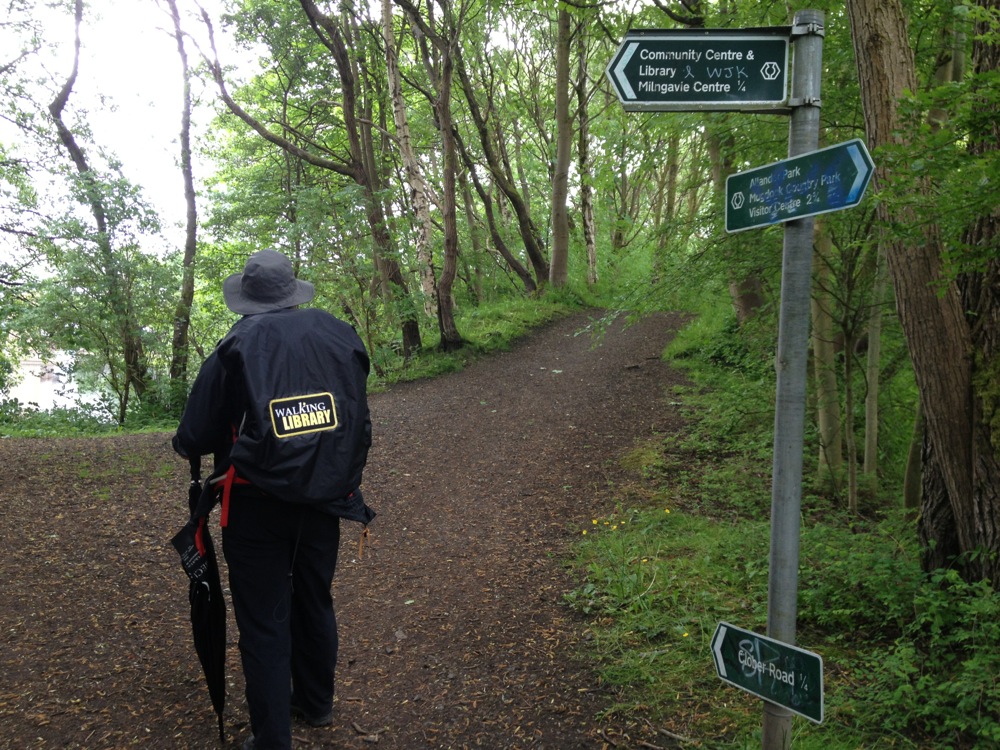
This concept of ‘leaving everything, wife, mistress, children, and the easy life’ echoes the rage against this particular definition of freedom felt by the female unpublished poets of the Beat generation. The Beat’s driving need to explore, and hold personal freedom above all other values, was a men’s club.
As Allen Ginsberg notoriously said, thus coining a mantra for the era: “The social organisation which is most true of itself to the artist is the Boy Gang. Not society’s perfum’d marriage.” (Johnson, 1983, 79)
The women who did manage to stick around in their men’s lives and hearts, had to be (or at least take on the trappings of being) the old-fashioned, ‘hearth and home’ sort. They either kept apartment doors ever-open for whenever their lovers breezed through town or, even if they were married, were expected to stay with the children and stay in one place.
“The perceived transgression of women walking alone in cemeteries is created by the sexualised nature of the act imposed by others – not by her actual impetus to walk in a woodland park.”
Carolyn Cassady, wife of Neal Cassady, who was Jack Kerouac’s constant road-time companion, lamented that, as a woman, she represented hearth, home, family, stability. Something to be rebelled against, but always kept cosy and waiting to come home to. Any woman who they met on the road, or who dared to travel the road themselves, was a whore, disposable, a footnote. This whole ethos of freedom was predicated on the stability of a woman as somewhere to come back to. A woman was to have freedom from, not freedom with. The whole irony of their rambling proclamations of groundbreaking freedom, was it was based on the tired, age-old doctrine of misogynist oppression.
Joyce Johnson, Jack Kerouac’s girlfriend of a year and a half, tells us in her memoir Minor Characters: “I learned myself by the age of sixteen that just as girls guarded their virginity, boys guarded something less tangible which they called Themselves.” (Johnson, 1983, 56) As if the sole purpose in a young girl’s life is to trap and ensnare a boy, chaining him to her and, by doing so, somehow robbing him of his essence – and the only tool she possesses for this entrapment is her doll-like virginity, frozen in aspic, stripped of any independent agency other than that in relation to The Male.
Within this observation lies the key to what limits the mobility of women in public space: the automatic sexualisation of the female person due to society’s accepted main perspective being that of the male gaze.
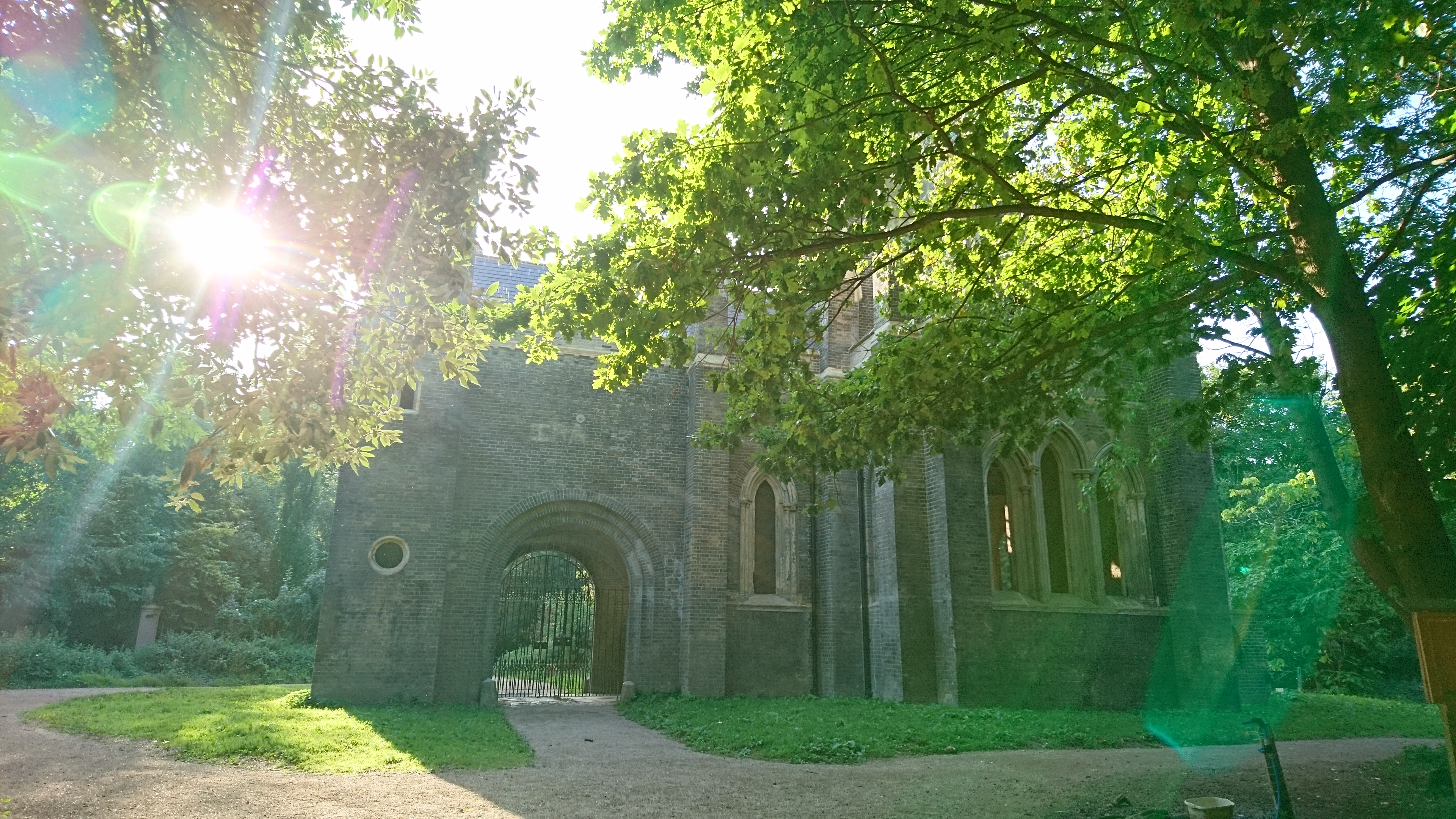
Solnit observes: “Women have routinely been punished and intimidated for attempting that most simple of freedoms, taking a walk, because their walking and indeed their very beings have been construed as inevitably, continually sexual in those societies concerned with controlling women’s sexuality. Throughout the history of walking, the principal figures – whether of peripatetic philosophers, flâneurs, or mountaineers – have been men, and it is time we look at why women were not out walking too.” (Solnit, 2001, 233)
As Sylvia Plath wrote in her published journals: “Yes, my consuming desire to mingle with road crews, sailors and soldiers, barroom regulars – to be part of a scene, anonymous, listening, recording – all is spoiled by the fact that I am a girl, a female always in danger of assault and battery. My consuming interest in men and their lives is often misconstrued as a desire to seduce them, or as an invitation to intimacy. Yes, god, I want to talk to everybody as deeply as I can. I want to be able to sleep in an open field, to travel west, to walk freely at night.” (Plath, 2000, 71)
Sylvia Plath seems to have been interested in men for the very reason she was unable to investigate them – because their greater freedom made their lives interesting to a young woman just setting out on her own – interesting to a woman who can only dream of walking freely at night.
Women’s presence in public becomes with startling frequency an invasion of their private parts, sometimes literally, sometimes verbally. Even the English language is rife with words and phrases that sexualise a women’s walking. Among the terms for prostitutes are streetwalkers, women of the streets, women on the town, and public women (and of course phrases such as public man, man about town, or man of the streets mean very different things than do their equivalents attached to women).
A woman who has violated sexual convention can be said to be strolling, roaming, wandering, straying – all terms that imply that women’s travel is inevitably sexual or that their sexuality is transgressive when it travels.
As Solnit notes, throughout the nineteenth century, many European governments attempted to regulate prostitution by limiting the circumstances in which it could be carried out, and this often became a limitation of the circumstances in which any woman could walk. Nineteenth-century women were often portrayed as too frail and pure for the mire of urban life – and their value was considered compromised by being out at all if they didn’t have a specific purpose. Thus, women legitimised their presence by shopping – proving they were not for purchase by purchasing – and stores have long provided safe semipublic havens in which to roam.
“Women’s presence in public becomes with startling frequency an invasion of their private parts, sometimes literally, sometimes verbally.”
One of the arguments about why women could not be flâneurs was that they were, as either commodities or consumers, incapable of being sufficiently detached from the commerce of city life.
“Feminism has largely addressed and achieved reforms of interactions indoors – in the home, the workplace, schools, and the political system. Yet access to public space, urban and rural, for social, political, practical, and cultural purposes is an important part of everyday life, one limited for women by their fear of violence and harassment. Women do not feel at ease, as we are always reminded of our role as sexual beings, available to, accessible to men. It is a reminder that we are not to consider ourselves equals, participating in public life with our own right to go where we like, when we like, to pursue our own projects with a sense of security.” (Solnit, 2001, 240)
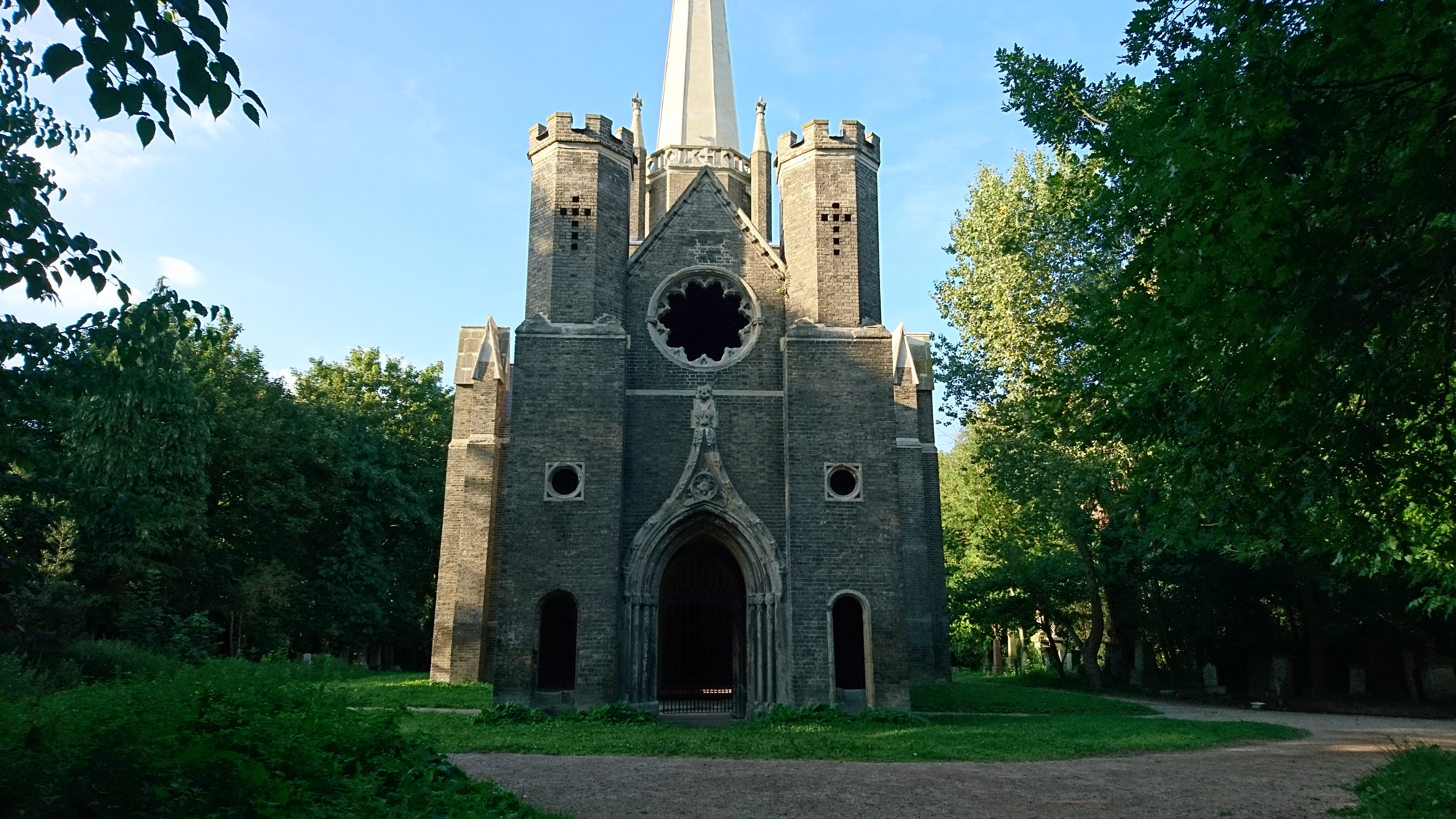
Men are allowed their public sexuality because they are perceived to have a higher sex drive than women do. Men have ‘needs’. The transgression of women walking alone in cemeteries is heightened by that sexualised nature of the space that is created by others – with no relation or bearing on her internal motivations to walk in a woodland park. Cemeteries can become gendered space due to their sexualisation; and they become these sexualised spaces because they are a private wooded enclave within an urban environment. Bel Deering, from the University of Brighton, researched the alternate public use of cemetery sites, and found sexual activity in the cemetery reported to be quite common. She interviewed cemetery workers about their experiences – and there was a fairly large consensus that the cemetery space was the local ‘fornicatorium’, as one groundskeeper dubbed it. With this common consensus that cemeteries are sexualised – and women walking in public already primed to be a sexual provocation – a woman walking alone in a cemetery can appear to be doubling down on her public sexuality, irrespective of her own personal feelings or motivations for the walk.
For the majority of my research as a walker in Abney Park Cemetery, I didn’t think of myself as a ‘woman walking’ – merely a ‘walker’. I identify as a woman and do not feel conflicted about my given gender – however it might be a privilege of my white middle class status that I am able to consider myself in a ‘human-first/woman-second’ way.
During my attendance of the Trump inauguration protest earlier this year at the American embassy in London, and then for the Women’s March the following day, we all stood in solidarity with not just women, but showing intersectional support with subjugated groups banding together under this new bizarre world order, which has been very frightening for many groups of people. Listening to speeches, walking with strangers, and hearing people’s stories of their experiences underscored how unanalysed my passive acceptance of my privilege has been, in regards to my mobility through public spaces, even as restricted as they already can seem as a woman. These issues suddenly became a very obvious omission in my practice. Especially considering, in retrospect, how much being not just a ‘walker’ – but, yes, actually, a ‘woman walking’ – has been part of the process of crafting my walks, however tangential it has seemed as I’m doing it.

Which brings me back to the observation with which I began this post: through my many years walking in Abney Park Cemetery (or indeed any cemetery) I’ve never thought of myself specifically as a woman until I read Geoff Nicholson’s comment about solitary walkers being ‘ne’er do wells’ – and almost exclusively men. Very soon after that, in February of 2015, midway through crafting my audio walks, I read of the attempted rape of a women in Abney Park Cemetery.
The victim was reported as a woman in her mid-30s, who was attacked in the early hours of Sunday morning, when the park was closed. I have only been in the park twice when it was closed, once on an ‘official’ afterhours special Christmas tour I organised with the cemetery manager and some of my friends, and once ‘unofficially’ eight years ago, when I lost track of time walking around with a boyfriend and was accidently locked in. Climbing over the fence was a pretty harrowing experience, which has made me very mindful of the time ever since. However, sometimes, when I’m working on an audio walk, I can still lose track of time.
“I identify as a woman and do not feel conflicted about my given gender – however it might be a privilege of my white middle class status that I am able to consider myself in a ‘human-first/woman-second’ way.”
After reading of this attack on a woman my age, in a place I frequent, the space of the cemetery changed. My attitude changed. I know that any wooded area can be dangerous, but my mind had pushed those associations to the periphery. I compartmentalised those thoughts away into the realm of the unlikely so I could get on with my research. While before my fears at lingering too long over my work while walking the paths were merely about being locked in – suddenly these fears took on an entirely more sinister meaning than ripping my jeans on a fence.
Getting lost in my work, as I often do when I’m walking and writing and thinking, I suddenly noticed one day that I hadn’t seen anyone in quite awhile. The sky was darkening and I checked the time – the park was closing. I do know that a grounds keeper stands next to the main Egyptian Gates for 30 minutes past closing as an escape hatch for stragglers such as myself. However, taking my headphones out and feeling the darkness fall fast, and the lonely silence around me, I rushed towards those gates with an ominous feeling enveloping me that I’d never felt there before. I felt vulnerable and watched from the shadows. Since first moving to London in 2008, Abney has been my happy place, my sanctuary. Suddenly it felt dense and foreboding. I felt anxiety.
It is rather bizarre, I suppose, how quickly even this incident left my mind. Just as I discounted Geoff Nicholson’s account of walking through Abney and seeing lone men walking through the cemetery and thinking that they were up to no good. He saw the irony that he himself was a man walking alone in a cemetery, so surely they might think the same thing of him. Never in this reverie did he mention seeing women walking alone, or even note the phenomenon enough to note its absence. It was simply a void. Something that perhaps, consciously or unconsciously, was an unheard of idea for him.
I don’t know what the way forward is. I don’t know what – if anything – can transform an urban woodland park suddenly into a safe place for a woman to walk alone. But it seems the best way to strip transgressive behaviour of its shock value and attention-grabbing aspects, is simply to make it less transgressive. We need to find new language for addressing women walking alone, or women walking at night, and we need to simply get our numbers out there. The cemetery doesn’t need to be a male-centric gendered space. My solitary walking practice in a cemetery should not be gasp-worthy behaviour in the year 2017. If more women walked alone, then we wouldn’t be alone. Let’s regender our community spaces by doing something shocking: taking a walk.
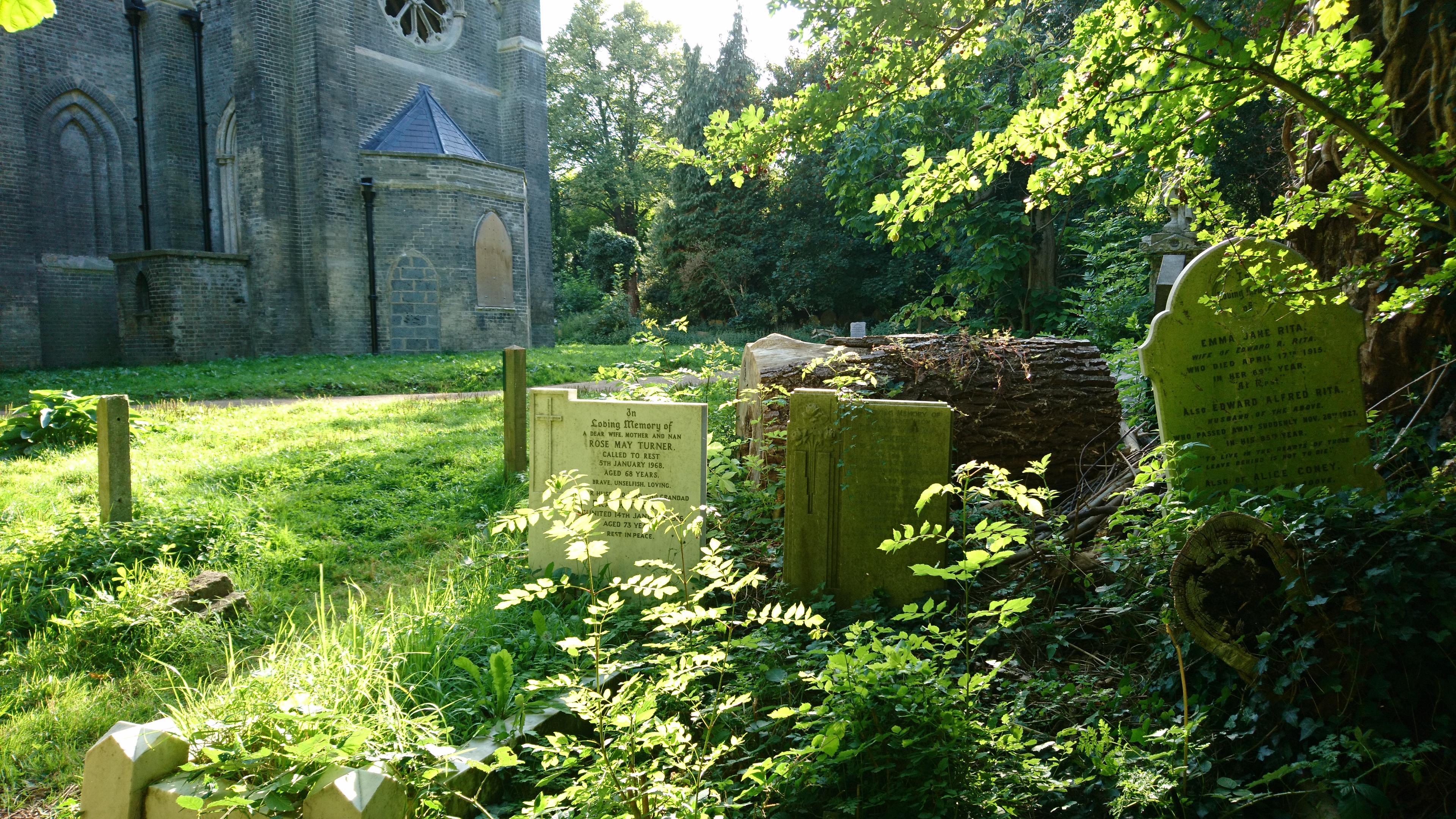
Bibliography
Cassady, Carolyn, Off the Road: Twenty Years with Cassady, Kerouac, and Ginsberg, (London: Black Spring Press) 2007. Book.
Deering, Bel, ‘From Anti-social Behaviour to X-rated: Exploring Social Diversity and Conflict in the Cemetery’, Deathscapes: Spaces for Death, Dying, Mourning and Remembrance, Ed. Avril Maddrell and James D. Sidaway. (Farnham: Ashgate Publishing Ltd) 2010 p75-90. Book.
Johnson, Joyce, Minor Characters: A Beat Memoir, (New York: Houghton Mifflin) 1983. Book.
Nicholson, Geoff, The Lost Art of Walking: The History, Science, Philosophy, and Literature of Pedestrianism, (New York: Riverhead Books) 2008. Book.
– Walking in Ruins, (Chelmsford: Harbour Books) 2013. Book.
Plath, Sylvia, The Journals of Sylvia Plath, (London: Faber and Faber Limited) 2000. Book.
Solnit, Rebecca, Wanderlust: A History of Walking, (London: Verso) 2001. Book.
Heddon, Dee, and Turner, Cathy (2012) ‘Walking women: shifting the tales and scales of mobility’ Contemporary Theatre Review, 22(2), pp. 224-236. Paper.
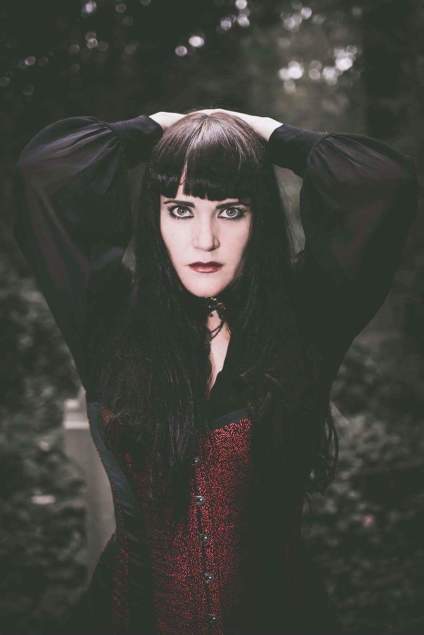
Romany Reagan is a final-year PhD candidate at Royal Holloway, University of London. Her thesis centres around the layers of meaning that coexist within a cemetery space. By way of an audio walking practice, artistic interpretations of outdoor archive, nonhuman networks, and mourning practices are explored in Abney Park Cemetery, located in Stoke Newington, North London. Areas of interest encompass: psychogeography, mourning practices, ‘The Good Death’, anachronistic space, heterotopias, gothic sensibility, liminal spaces, the uncanny, and the Victorian ‘Cult of the Dead’. Her walk ‘Crossing Paths/Different Worlds in Abney Park Cemetery’ was published in Ways to Wander (Triarchy Press, 2015)

Leave a comment